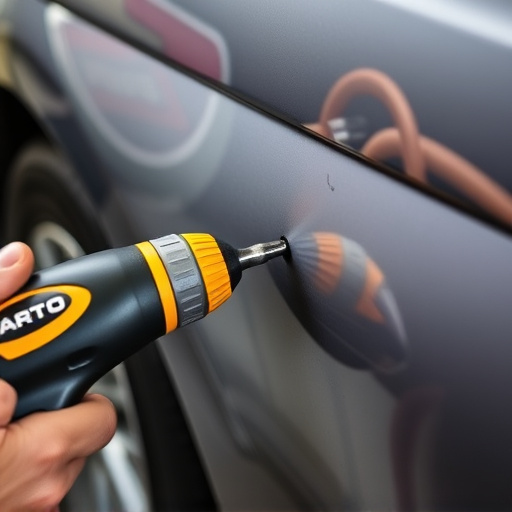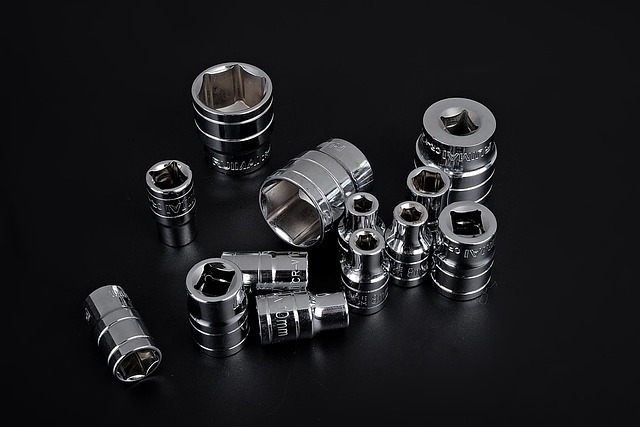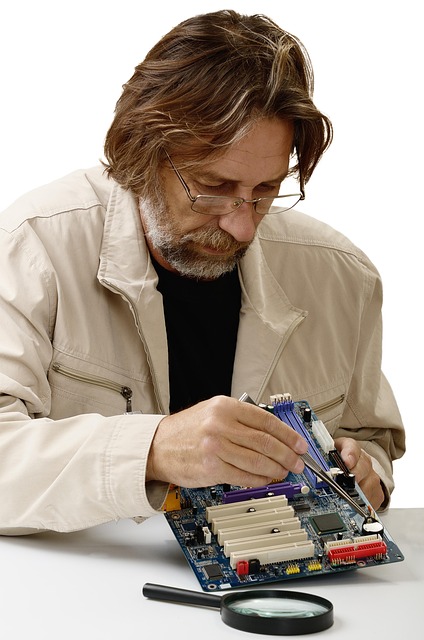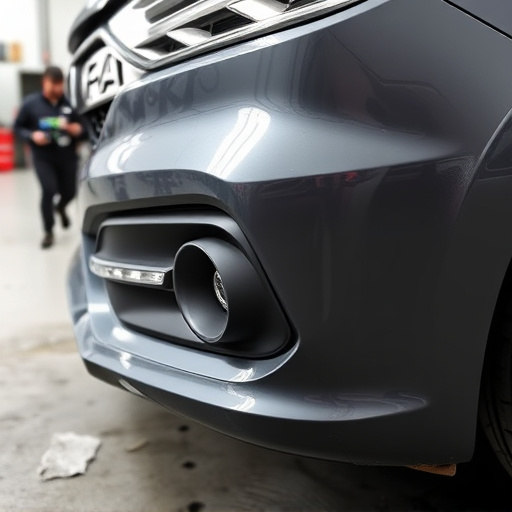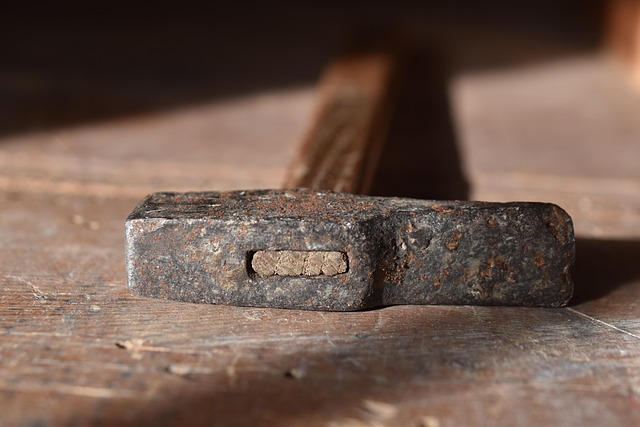Auto body repair guarantees offer consumers assurance of high-quality repairs through specified coverage periods, including parts and labor for initial issues without extra costs. Exclusions such as normal wear & tear or events outside the shop's control are common. Rework, a crucial process, involves inspections using specialized tools, precise adjustments, and replacement of faulty parts to maintain guarantee validity. Meticulous documentation, transparent communication, and clear rework policies enhance customer trust and satisfaction, strengthening the shop's reputation in auto body repair, including dent removal, car damage repair, and vehicle body repairs, as well as auto glass repair services.
In the realm of auto maintenance, an auto body repair guarantee offers owners peace of mind, ensuring quality workmanship. This article explores how shops handle rework under these guarantees, a crucial aspect of customer service. We’ll delve into understanding the scope and exclusions of such guarantees, the meticulous rework process, and best practices to ensure efficient and effective handling. Discover essential strategies for both businesses and consumers navigating auto body repair, enhancing trust and satisfaction in today’s digital era.
- Understanding Auto Body Repair Guarantees: What They Cover and Exclusions
- The Rework Process: How Shops Manage and Document Repairs
- Best Practices for Effective Rework Handling Under the Guarantee
Understanding Auto Body Repair Guarantees: What They Cover and Exclusions

Auto body repair guarantees are designed to protect consumers and offer peace of mind when it comes to vehicle repairs. These guarantees typically cover a wide range of services, including car collision repair and bodywork restoration. However, understanding what is included and what is excluded from these warranties is essential for customers.
When a shop provides an auto body repair guarantee, it usually ensures that the work will be performed to a high standard and will last for a specified period. This may include coverage for parts and labor, ensuring that any issues related to the initial repair are addressed without additional cost. Exclusions often relate to wear and tear, normal fading or cracking of paint, and damages caused by events outside the shop’s control, such as accidents after the repair is completed. Knowing these specifics helps customers understand the level of protection they have when utilizing vehicle repair services and allows them to make informed decisions regarding their car’s upkeep.
The Rework Process: How Shops Manage and Document Repairs

The rework process is a critical component of any auto body repair guarantee. When a customer returns with a repaired vehicle that still exhibits issues, the automotive body shop must thoroughly assess the problem and devise a plan to rectify it. This involves meticulous inspection, often with specialized tools, to identify any discrepancies in the initial repair. Once identified, the shop’s skilled technicians take on the task of making precise adjustments, replacing faulty parts if necessary, and ensuring every aspect meets the highest standards.
Effective documentation is paramount during this phase. Shops meticulously record each step taken during rework, detailing the repairs made, parts used, and time spent. This not only serves as a reference for future maintenance but also establishes a clear audit trail should any disputes arise regarding the guarantee. A well-documented rework process fosters transparency between the shop and its customers, building trust in their auto body repair services, including dent removal, and fostering long-term relationships.
Best Practices for Effective Rework Handling Under the Guarantee

When it comes to effective rework handling under an auto body repair guarantee, best practices involve a combination of meticulous documentation and clear communication. Shops should maintain detailed records of all repairs performed, including dates, parts replaced, and labor charges. This ensures transparency and facilitates easy tracking of work done under the guarantee. Clear policies on what constitutes rework and the procedures for handling it should be communicated to customers upfront, so there are no misunderstandings later.
Additionally, efficient workflow management is crucial. Shops should streamline their processes to minimize delays in identifying and rectifying issues that require rework. Promptly addressing customer complaints related to repairs under guarantee demonstrates a commitment to quality service. Efficient rework management not only enhances customer satisfaction but also contributes to the overall reputation of the shop, especially when it comes to services like car damage repair, vehicle body repair, or auto glass repair.
Shops that honor their auto body repair guarantees efficiently manage rework through meticulous documentation and tailored processes. By adhering to best practices, they ensure customer satisfaction and maintain the integrity of their services. Understanding these practices is key in navigating the aftermath of repairs, ensuring a smooth experience for both parties. When it comes to auto body repair guarantees, effective rework handling is not just about adherence; it’s about fostering trust and delivering on promises.


